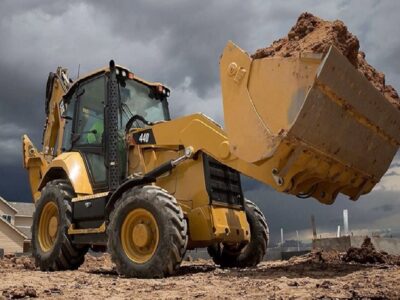Construction safety is a major concern for the 11 million workers who take to job sites each year. Definitely understandable. They lose about 1,000 of their fellow co-workers in on-the-job accidents annually.
No one should lose their lives just for doing their job. And in this article, we’ll give you and your team the tools to make sure that doesn’t happen. Let’s begin!
1. Establish Safety Rules and Regulations
Many construction safety jobs are on a given project. Each construction team should appoint someone to make sure safety’s the priority.
Some construction safety topics to go over: fall protection, scaffolding, and ladder safety. Handle these to reduce fatalities.
Construction workers should always wear the proper personal protective equipment (PPE). They should receive training on how to properly use heavy machinery and other equipment.
Fall protection should get special emphasis. Falls are the leading cause of construction worker fatalities.
They account for over 36 percent of the worksite deaths in construction, according to the CDC. (See the link above.)
Workers should get familiar with the different fall protection measures. For example, they should learn how to work safely with scaffolding and ladders.
Each may have its own weight limits. Knowing that ahead of time can reduce the number of falls and fatalities altogether.
2. Provide Adequate Training to Workers
Workers experience many potential job hazards. Their managers must emphasize comprehensive training before the first nail is hammered.
Some specific areas for workers to consider include construction safety glasses and hazardous material awareness.
Construction safety glasses help to protect workers’ eyes from debris and other potential hazards. For example, cadmium awareness or cadmium safety training helps construction workers identify this potentially harmful heavy metal.
Cadmium can enter the body through respiration. This leads to a host of debilitating and potentially fatal complications.
Cancer, kidney disease, respiratory infections. You name it. Teams can avoid these outcomes by watching out for themselves on the job.
3. Inspect Work Sites Regularly and Take Corrective Action
The Occupational Safety and Health Administration (OSHA) requires construction job sites receive inspections at least once a week.
A trained safety inspector should look for hazards. He should watch for unprotected trenches, unsecured scaffolding, and loose electrical wiring.
The inspector should also ensure job site workers have completed safety training. Safety inspectors may issue a corrective action plan to the construction company. If OSHA’s doing it, that could mean fines and penalties.
Other common corrective actions include the following:
- Safety training
- Repairing damaged equipment
- Correcting unsafe work practices
All these matters are avoidable. You just have to inspect your site ahead of time.
Construction Safety Saves Lives
Emphasis on construction safety makes business sense. It can save you from lawsuits, penalties, fines, and even criminal action.
It also helps ensure your team goes home safely each night. Safety means being able to provide for your employees and their families.
And it cuts a good reputation for your company within your industry and community. Check out some of our other posts on workplace safety for additional tips.









Comments